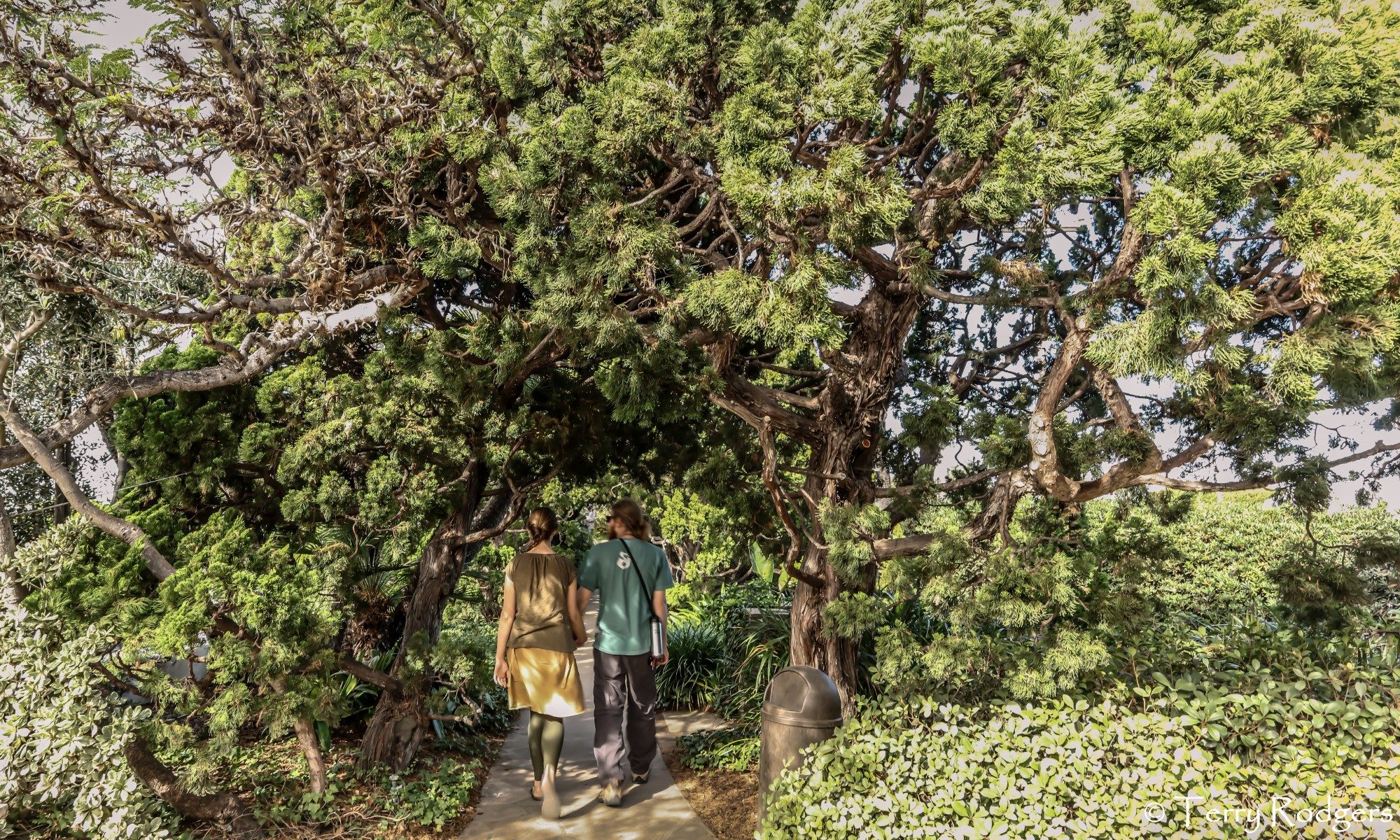The October 7, 2020 meeting explored Green Infrastructure Solutions to build Sustainable Urban Spaces. archived video
Our local agencies and communities are envisioning the implementation of “Complete Streets” with real trees that turn inhospitable environments into pleasant places for pedestrians who are walking in the afternoon summer sun and heading to bus/train stations or local grocery stores. Urban street-lined trees hold the potential to transform an industrial stretch lined by warehouses and empty lots into a more livable, greener alleys and streets that captures, treats, and infiltrates runoff and thereby employing innovation into the streetscape design while maximizing land use efficiency and achieving full storm water compliance.
Panel Speakers:
- Panel Topic Introductions (Pavitra Rammohan, Panel Organizer)
- Brian Widener, City Forester, The City of San Diego. Role of Agencies in Reimagining Urban Streets; Value of effective planning, policymaking and enforcement, and implementation. Effective ways to navigate deep challenges such as economic impacts caused due to COVID, recent riots, while keeping the focus on goals of promoting healthy trees.
- Alvin Papa, City Engineer, The City of Long Beach. Channeling perspectives, lessons learned, and benefits accomplished in building Green Streets from our neighbors in the Region. Recent experiences from past and ongoing Streetscape enhancement/ Green Street Projects involving LID/BMP Solutions including trees and its positive influence in growing economic activity within the City communities
- Kevin Ham, Economic Development Director, The City of Vista. Sharing recent experiences with Paseo Santa Fe Streetscape Enhancement projects enhanced in value through trees and Green Infrastructure solutions.
- Suzie Wiest with Village Nursery. Review of suitable urban street trees. Navigating O&M Challenges. Success Stories.
- Sean O’Malley, Landscape Architect. Managing Principal SWA Group, Laguna Beach. Experiences of collaborating with progressive agencies with a Green Infrastructure vision as a Landscape Architect Leader. Sharing recent work with the City of Laguna Beach with the Downtown Action Plan project in enhancing the downtown area with trees and streetscape enhancement.
- Pavitra Rammohan, Region Manager, DeepRoot Green Infrastructure. Role of technology in promoting healthy tree growth and employing innovation into the streetscape design while maximizing land use efficiency and achieving full storm water compliance.









